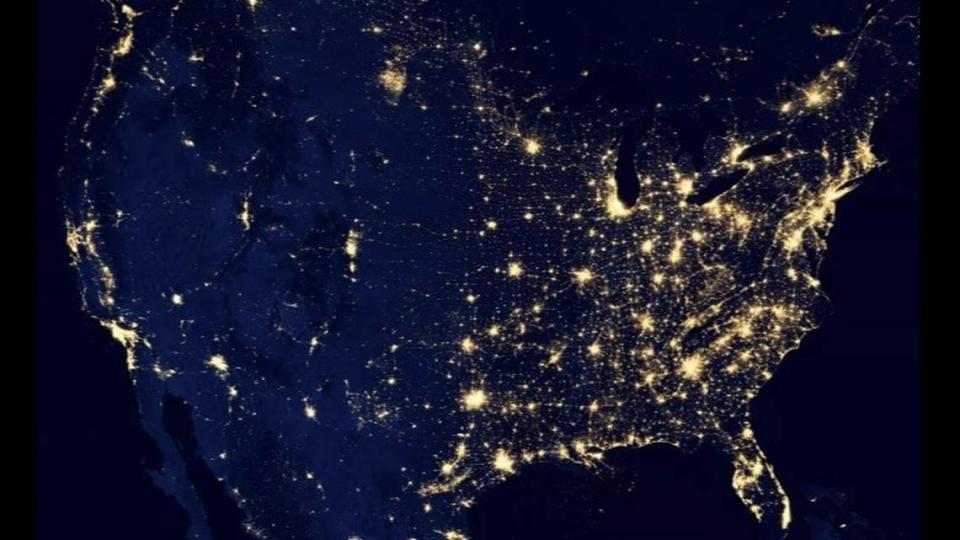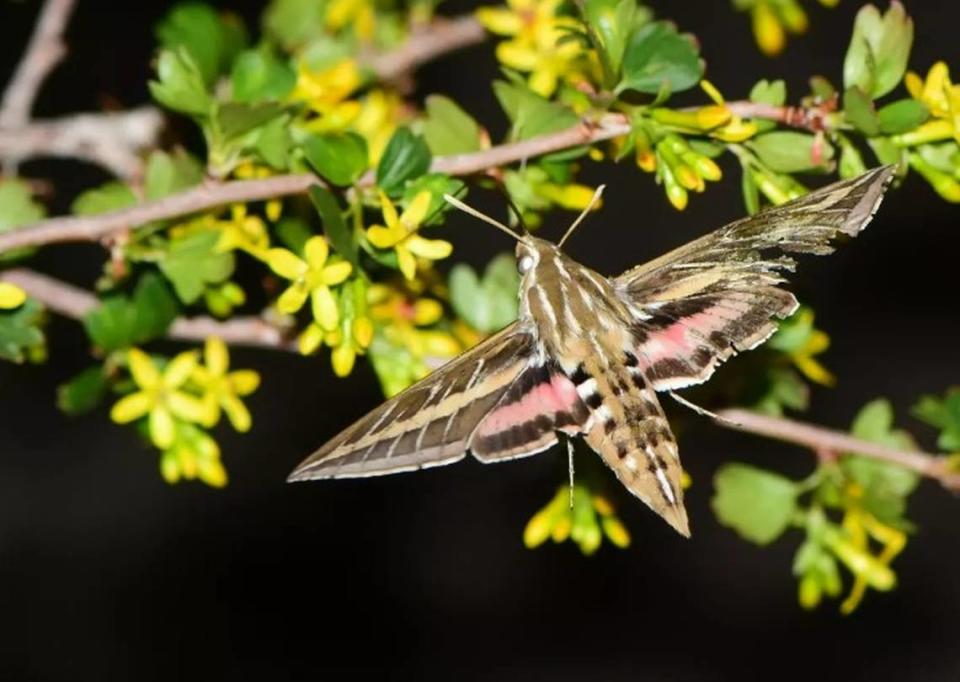Lights out: Sacramento’s light pollution can be harmful to plants and wildlife. Here’s why
Missing the stars?
Unsurprisingly, Sacramento is one of the brightest cities in California, with the city of Los Angeles taking the cake for the most light-polluted city on the West Coast, according to an analysis the Revelator, an initiative under the nonprofit Center for Biological Diversity.
California’s capital city is about as bright as San Francisco, that analysis found.
An unobstructed view of the Milky Way galaxy is a reality that goes amiss for one-third of the human population, according to a 2016 report by the National Oceanic and Atmospheric Administration.
Sacramentans felt the pain of this experience last weekend, when they had to drive 45 minutes away from the city to get a better view of the Perseid meteor shower.
In urban areas, excessive light pollution can disrupt the Earth’s natural circadian rhythms, which is detrimental to the survival of wildlife and plants.
Circadian rhythm is the natural sleep-wake cycle that influences the behavior patterns of wildlife, including plants, insects and birds. Human-created light pollution disrupts patterns of both hibernation and migration, as well as activities animals carry out during the day.

“Although not well-studied, we are beginning to more clearly understand the impact light pollution has on insects and pollinators. This topic is emerging in more and more conversations,” said Melissa Burns, a biologist and the western monarch coordinator for the U.S. Fish & Wildlife Service.
The birds, the bugs and the buds
Artificial light left on by porches and street lamps at night has been shown to “drastically affect the behavior of insects and pollinators, and therefore the ability of plants to produce fruit and reproduce,” according to the U.S. Fish & Wildlife Service. A 2014 study by British scientists found that 70% of moths flew toward street lamps instead of flowering plants, which created a significant reduction in plant pollination.
The effects of pollination and infestation under artificial light was confirmed in a separate 2020 study, which found that red artificial light had “the least impact on this plant-insect interaction” and white and green light had the strongest disturbance on the ecological process.

“Artificial lighting at night also increases a nocturnal pollinator’s risk of predation because (prey) are easier to see,” Burns said. “Their ability to see and avoid predators is also reduced by the lighting — so they may avoid it. This risk is thought to be one of the factors contributing to declines in nocturnal pollinators globally.”
Another study conducted in 2021 found that artificial light not only disturbed the pollination of plants at night, but also affected the production of the plant during the daytime. The consequences of this pollination disruption, however, are not fully known, she said.
Pollinating insects aren’t the only ones magnetically pulled to artificial fluorescence. An article by the U.S. Fish & Wildlife Service in May found that brightly lit areas affected the migration patterns of birds, who become “entrapped ... circling endlessly, depleting energy stores.” There have even been reports of night-migrating fowl colliding with buildings and other infrastructure.
How to help darken the night
Residential dwellers are encouraged to contain indoor light during the dark hours of the night by closing curtains or drawing blinds. Homeowners should also opt for “warmer-colored light bulbs”— these bulbs should reach a color temperature no higher than 3,000 degrees on the Kelvin scale.
To reduce outdoor light, it is best to illuminate front porches and driveways with light controlled by motion sensors, timers or dimmers.
All outdoor light should be properly shielded to prevent light pollution from heading toward the sky. For those with a green thumb, neighbors can help nighttime pollinators by planting a moon garden among their greenery.
Where can Northern Californians stargaze?
The Sacramento Valley Astronomical Society hosts monthly stargazing parties every Saturday closest to the new moon, the next one this coming Saturday. Local stargazers are welcome to bring their telescopes to the Henry Grieb Observatory at Blue Canyon to enjoy a family-friendly night under the stars.
Other local options include the Community Observatory in Placerville, located on the campus of Folsom Lake College’s satellite El Dorado Center; and Black Butte Lake near Orland, a popular destination for astronomical society field trips.
For those looking to travel for a full nighttime experience, the Valle de Oro National Wildlife Refuge in New Mexico and Lost Trail Wildlife Refuge in Montana are both certified, dark-sky areas managed by the U.S. Fish & Wildlife Services. Options in Southern California, according to the DarkSky International project, include Anza-Borrego Desert State Park.

